Plants with a healing effect >>>> Milk Thistle - edible and medicinal
Milk Thistle - edible and medicinal.
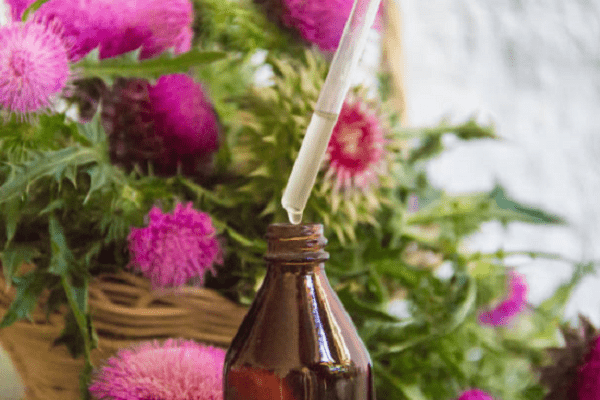
The thorny unattractive herb Milk Thistle has proven to be a very useful medicinal plant and also an edible herb with nutritional properties. The plant rarely appears as a weed in vegetable gardens, since, due to ignorance of its useful properties, Milk thistle was uprooted due to very sharp thorns and high growth, shading plantings - the plant can reach a height of one and a half meters, and sometimes grows up to two meters in height.
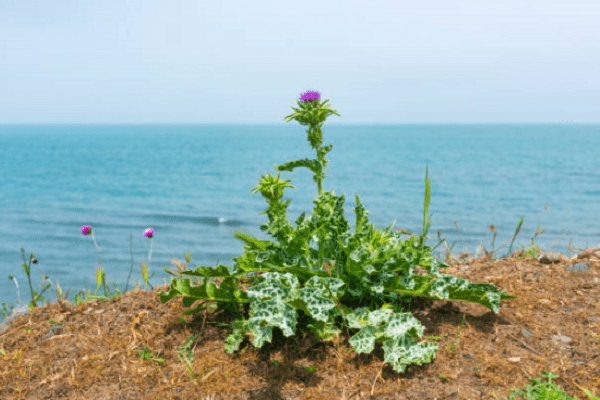
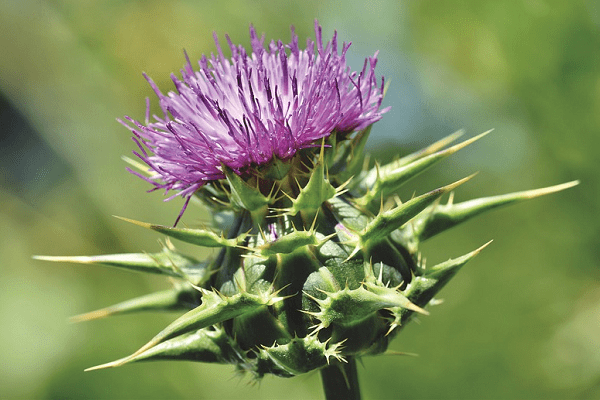
What Milk Thistle looks like always raises doubts among ignorant people! The closest relatives of the Milk Thistle are Spear Thistle, Burdock (Burdock large), Plumeless Thistles and Scottish Thistle. All plants have the same origin, but differ significantly in chemical composition, which is important not to confuse when collecting wild plants.
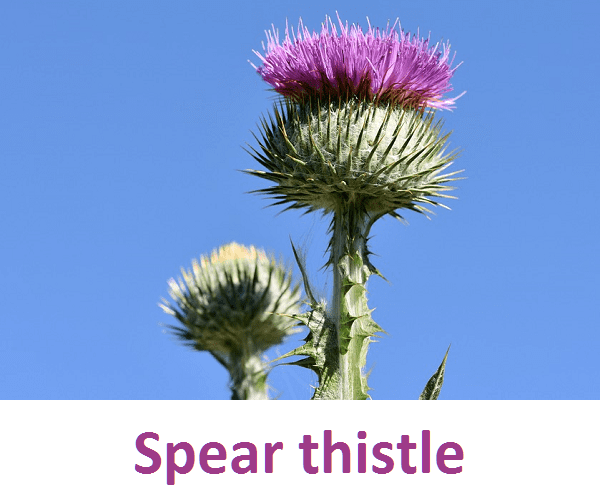
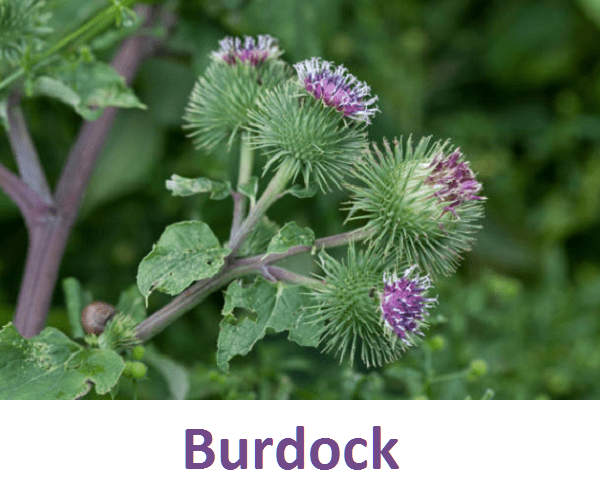
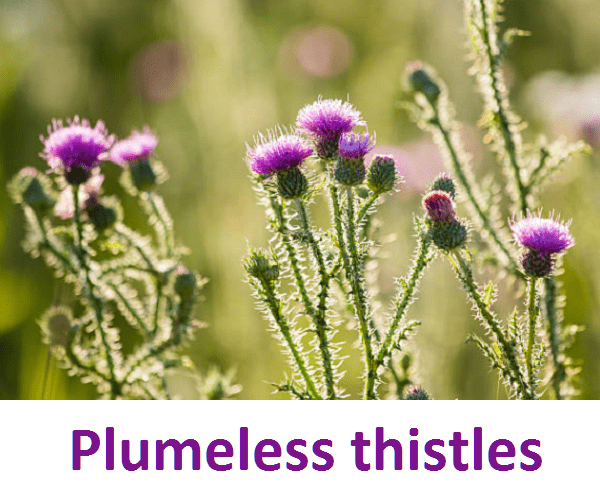
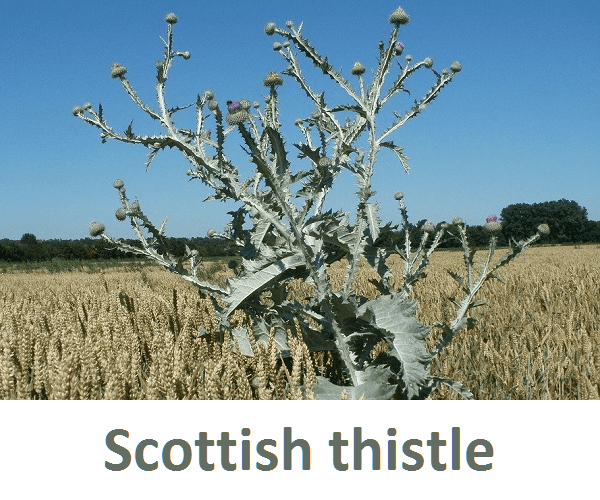
In harsh climates (with cold winters), Milk thistle grows as an annual, and in temperate climates it survives winters as a biennial plant. It is biennial plants that have high growth due to the root system that has developed over two years.
The plant has an exotic appearance due to its tall growth, large thorns and large flowers, similar to small Asters. The beautiful leaves of Milk thistle (patterned and spotted with streaks of different shades of green) make it an ornamental plant. According to its external data, the Milk Thistle inflorescence resembles the Artichoke inflorescence, and like the Artichoke, young Milk Thistle receptacles are used for food.
Although Milk Thistle is a cultivated industrial plant for pharmaceutical raw materials, the plant is widespread in the wild in almost all countries of the world. But today this plant can be seen in the gardens only among people familiar with the natural medicinal and nutritional properties of Milk Thistle. What health benefits are there in the milk thistle plant?
The Milk thistle plant has high antioxidant properties and contains substances that can restore liver cells, improve the functioning of the bile glands, which in general has a very positive effect on the digestive function of the body and the organs involved in these processes.
All these properties of Milk thistle are provided by the substance Silibinin. In the pharmacy version, preparations from Milk thistle can be found in the form of food additives, oils or seeds, "Silymarin" tablets. Such preparations do not contain impurities of harmful substances, which are rich in almost all plants (alkaloids, saponins), since they are made not from raw material, but from plant extracts (extracts). Silibinin is a hepatoprotector restoring the cell membranes of the hepatic tissue (protein and lipid structures). Silibinin has a pronounced estrogen-like hormonal effect, which slows down the action of a number of hormones, which is why this substance is not recommended to be used along with hormonal therapies of different directions (anti-cancer, contraceptive, reproductive), as well as for hormonal disorders. This substance is strictly contraindicated during pregnancy or lactation. Not recommended for use in children under 12 years of age.
In addition to Silibinin, the plant is rich in tannins, which provides the protective and anti-inflammatory properties of decoctions from the seeds and roots of the plant.
Despite the fact that the plant has all the edible parts, its roots and seeds are the most attractive for medicinal purposes. Oils are prepared from the seeds or they are brewed in infusions, and the roots are used in dried and ground form to make infusions.
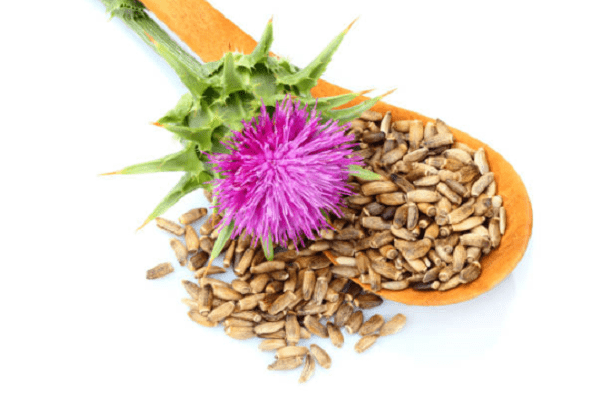
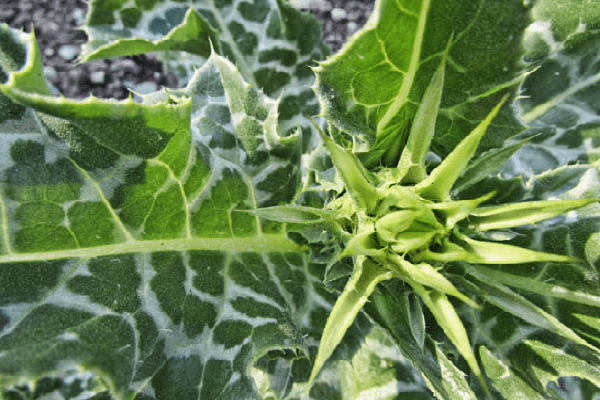
Herbal decoctions Milk thistle is used for diseases of the liver and pancreas, for toxic liver damage, for infectious liver damage (hepatitis), for alcoholic, radiation and chemical liver damage (including medicinal or caused by poisoning by poisonous plants).
But even at home, the milk thistle plant can be used in the form of decoctions, additives in teas or as green vegetables.
The roots of the plant are harvested in August, and in September you can collect seeds for infusions or for making oil extracts.
To prepare a decoction of seeds, they are ground in a mortar and poured with boiling water in the proportion: 30 grams of ground seeds per half-liter jar of water.
Milk thistle roots are suitable in dry ground form for making a decoction (like Chicory roots) - two tablespoons per half liter of boiling water. Milk thistle inflorescences can be dried and ground into a powder, which is brewed like tea (a teaspoon to half a liter of boiling water). The pharmacy version of this powder is sold under the name Milk Thistle Meal.
Do not forget that all milk thistle decoctions and oils contain tannins that can provoke constipation if there is a tendency to such diseases.
For the prevention of decoctions, Milk thistle is not used - only as directed by a phytotherapist according to existing diseases. To collect seeds, cloth bags are put on a faded plant so that the seeds do not scatter during the period of full ripeness.
The nutritional value of Milk thistle is associated with a high percentage of vitamin K, vitamin C and minerals Magnesium, Potassium.
In addition to the receptacle, exceptionally young stems and young foliage of the plant are suitable for milk thistle food. This young growth is used as green vegetables (chard, rhubarb, celery) for salads, fortified soups, and is a part of vegetable terrines or dishes with stewed vegetables.
Stems and stalks Milk thistle can be whitened for raw food, as well as thermally processed (boil, sauté, steam, deep-fry or batter).
The petioles and stems are harvested for food in July, and in August - September the plant is harvested for roots and seeds.
To eat the stems and petioles of the plant, the thorns are gently broken off, the skin is removed and the softer parts of the stems and petioles are used for food.
In general, Milk thistle, due to its multipurpose use, is a very beneficial plant: both from the side of a nutritious food product, and from the side of the medicinal properties of the plant, and from the side of decorating a backyard or a protective hedge for a vegetable garden.

Read

Read



























